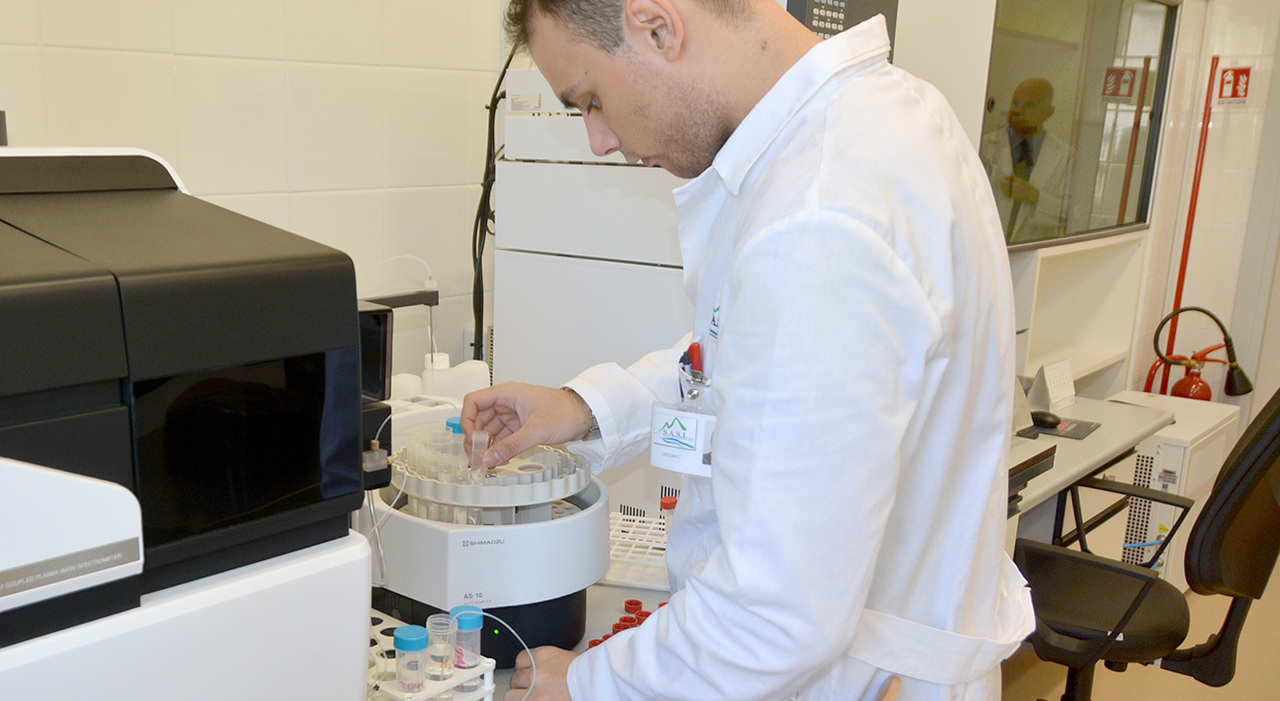The attention on the rare diseases. And the increase in hospitals in the capital of those who have either decided to undergo genetic analyzes or have been taken care of for infrequent pathologies is two (if not three-digit). However, there are still many Romans who have a rare disease but do not know they are suffering from it: an undeclared population that needs to emerge. The numbers, released on the occasion of the World day for rare diseases which took place yesterday, confirm it: the medical genetics laboratory of the hospital San Camillo-Forlanini in 2022 it had a 115% increase in diagnostic activities compared to 2021. At Sant’Andrea, on the other hand, in the last three years patients at the Centers for rare diseases have grown by 30%. And in all the other hospitals in the capital, the trend is all positive. «According to our estimates and scientific evaluations a Roma between 30 and 50% of rare patients have not yet been diagnosed – explains Paola Grammatico, who directs the San Camillo-Forlanini Medical Genetics laboratory – In recent years, diagnoses for those with a genetic susceptibility to tumors have grown considerably. And the challenge is also on research, identifying all the other undiscovered rare pathologies compared to the 8,000 already identified”. “Yes, we have noticed an increase in patients and in the incidence of rare pathologies, such as bullous pathologies, for example”, says Biagio Didona, director of the Center for Rare Diseases of the Idi, the Dermopathic Institute of the Immaculate, specialized in skin diseases skin and which treats approximately 1,800 rare patients a year. In Lazio, as the president of the Region Francesco Rocca was keen to underline, there are 60,000 people registered in the rare disease network. One in four is a child.
Meloni receives a letter from a sick child: “Giorgia, help me heal.” What is Pandas Syndrome
THE NET
Meanwhile, the research and treatment network of pathologies affecting fewer than 5 patients for every 10,000 inhabitants (this is the level below which a disease can be defined as rare, ed.) is growing. The Umberto I Gastroenterology Unit, directed by Domenico Alvaro, has obtained the recognition of the European network Ern Rare-Liver in the clinical management of less frequent diseases and which affect the liver. “An important certificate for the excellent work done by our clinicians,” says Fabrizio d’Alba, general manager of the hospital.
Almost all the hospitals in the capital stand out for some dedicated specialty. The Ifo, the hospital physiotherapy institutes, are the reference center for the Lazio Region for 8 groups of 22 rare diseases and the provider center for 8 groups of rare adult tumours. The Agostino Gemelli Irccs University Hospital Foundation is instead the reference center recognized by the Lazio Region for 18 different rare diseases and accredited at European level for 16 pathologies. «They are complex and disabling pathologies – says Giuseppe Zampino, director of UOC Pediatrics and coordinator of the centers for rare diseases of the Gemelli – Their first aspect of complexity is given by the need for many specialists, experts and competent in the field. Since 1980, Gemelli has created a team of specialists with these skills”, but also “a robust organization to ensure that the multi-specialist action on the patient with a complex rare disease does not stop in the bottlenecks of the management of each individual problem” . Patients access through a dedicated desk. At Gemelli, on the research front, numerous studies are underway and various pharmacological and gene treatments have been developed, such as that for Sma, spinal muscular atrophy. And a new recognition, meanwhile, arrives in a hospital in the south of the capital. The Campus Bio-Medico University Hospital Foundation of Rome has joined the Network of rare diseases of the Lazio Region. With the role of hub center, there are 39 rare diseases for which the Campus Bio-Medico will implement diagnostic paths.
© breaking latest news
